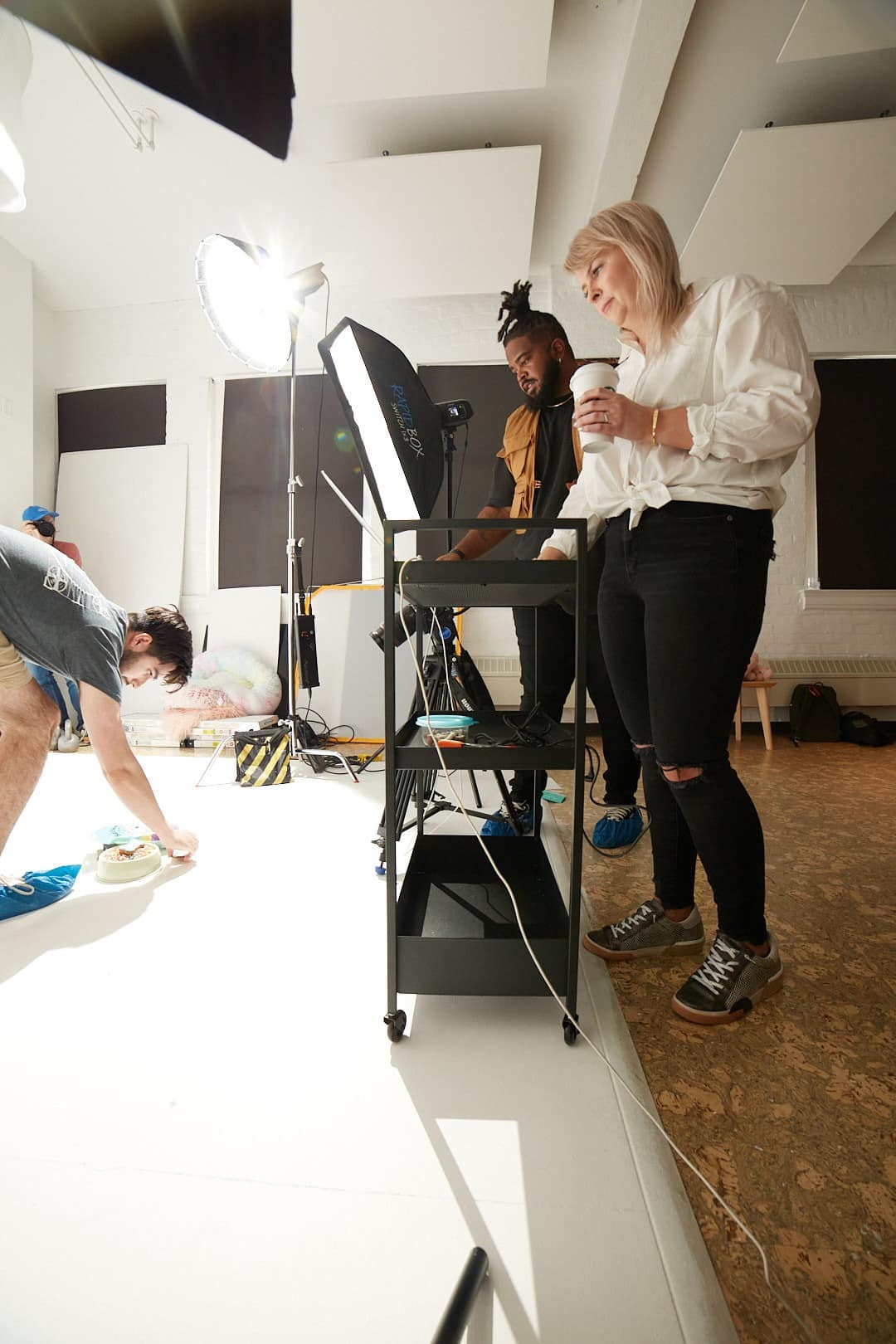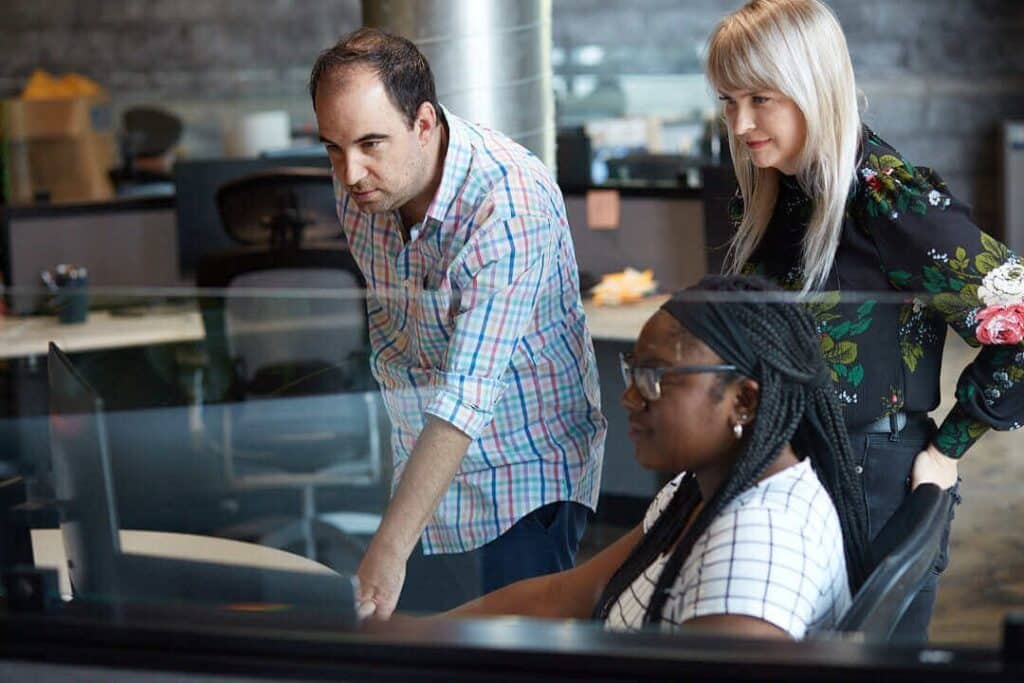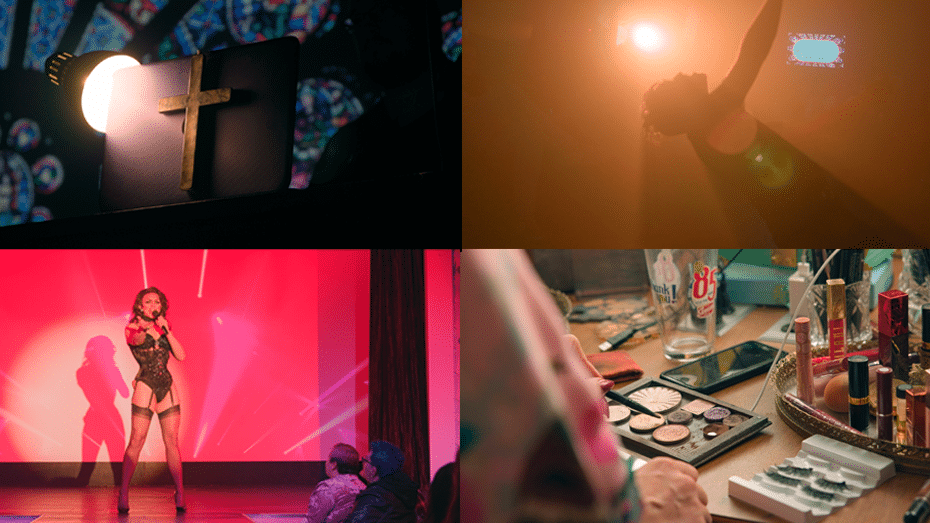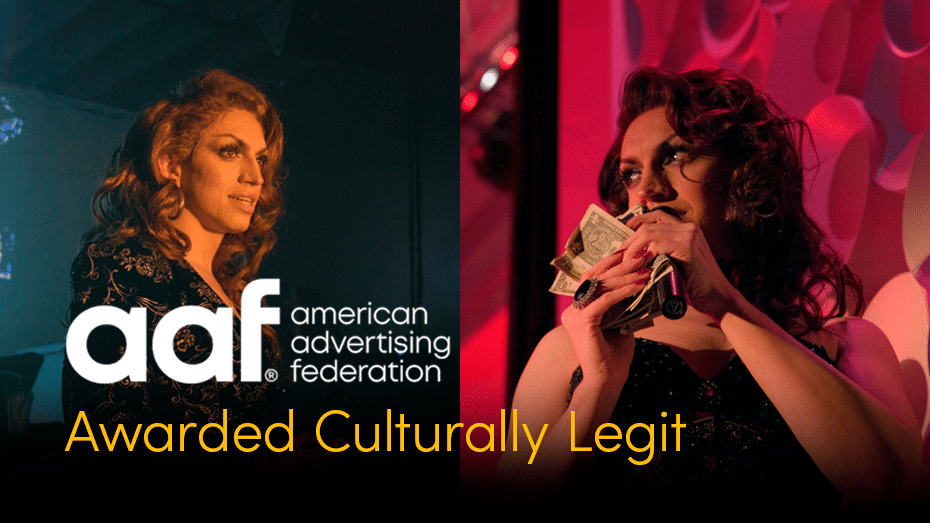
With the volume of video content streaming to consumers on a daily basis continuing its meteoric rise, what can brands do to cut through the clutter? We sat down with Ember Marr, (spark) co-owner and President, and Taylor Cochran, (spark) Creative Content Producer, to learn more about what they are seeing in the world of video and how brands can create authentic, memorable content that makes them matter more to their clients.
Leap Group:
Tell us about some of the trends you’ve been seeing in video production at large and among your particular clients.
Taylor:
There’s a lot more demand for video in general, obviously. Clients are starting to think about their own initiatives in terms of video and how they can use video as a tool to communicate their initiatives and values to their customers and even potential employees. I’ve noticed a lot of instances lately where employers are using video as a recruitment tool.

Ember:
Since the recent release of Sora [an OpenAI text-to-video platform], one thing I’ve been seeing is a lot of talk that video is going to get faster and cheaper. And of course, if you think about the last ten years, yes, with cinematic mode and 4k and 8k available on phones, it *is* easier to get better-looking user-generated content.
But that definitely doesn’t replace quality content and planning for evergreen content. And platforms like Sora or any of the other AI-based video technologies out there are definitely not anywhere near the quality that you would want at this point. They’re still very much in the early stages. I think some of the editing that we can do with it and some of the tools they can use to fix things in post and what we can do with sound, especially, is really interesting right now. But as far as video goes, AI technology is not there yet. It is not going to replace professional videographers, editors, and crews anytime soon.
Leap Group:
Is there anything you’ve been seeing less of? Content that has fallen away?
Taylor:
At my previous agency, I used to produce a lot of playful GIFs and stop-motion videos that seem very out-of-date now. All those boomerang/GIF/cinemograph type of stuff that was so huge around 2016 and 2017. I feel like video content today is a lot more person-forward than product-forward.
Ember:
In the same way, I feel like social media is getting away from those hyper-minimal, harsh shadow, product-on-a-box shots. Now we’re seeing clients wanting more visually interesting styles for their product photography, with richer palettes and more within the frame. The maximalist trend is here, and I think here to stay, which we’re all about. It’s beautiful to style and fun to shoot. But it takes an amazing, dedicated team, and some fabulous stylists to pull off that look – you can’t just throw it together yourself or it ends up looking chaotic instead of intentional and interesting.
Leap Group:
What platforms are your clients using to post and share their videos?

They are definitely agnostic as far as platform goes, it’s “everything everywhere all at once”. Every platform now is over-indexing on video just because it outperforms any other type of content by a huge margin. The issue this causes is that a lot of clients who use internal teams do not understand that you cannot just blanket post the same content in a different shape on 6 different platforms. Even Reels vs TikTok – it’s not the same audience, and the messaging shouldn’t be treated the same way. Even LinkedIn is over-indexing on video content, and you don’t typically think of LinkedIn as much of a visual platform.
Leap Group:
There’s been industry talk about a long-form video renaissance in the next couple of years. What is your take on that?
Taylor:
I think we’re having a huge moment with storytelling and docu-style content. The big trend right now, especially post-pandemic, is that people are using video to feel more connected socially. You see a face talking to you in a video and you feel less alone than you would with a photo. You get a voice and facial expressions and all of these very human interactions that I think with quarantine became a lot more important in the media people consumed. I don’t really see that going anywhere anytime soon.
Ember:
The potential renaissance of long-form videos in the coming years aligns with a shift towards more substantive content, as viewers increasingly seek depth and quality over short-term engagement. This trend will definitely lead to more thorough storytelling, and greater opportunities for creators and brands to build a loyal audience. We keep bringing up storytelling, but it’s going to become even more important in an age when everyone has a platform (social media) but not everyone has the ability to create great stories. Consequently, brands and content creators should prioritize long-form content to meet these preferences that we’re seeing.
Leap Group:
Tell me about what the (spark) team brings to video production that brands can’t get from using Sora or their smartphones.
Taylor:
Our strong suit really is the mini documentary projects. We’re an agile team that’s very visually oriented. For all of us, a story immediately calls to mind the need for visuals and b-roll and all of the stuff that comes with it.
Ember:
I think it’s really easy to tell a story. I think it’s really hard to tell a story well. I think anyone with a camera could have gone up to Gilda [Wabbit, the subject of an award-winning (spark) documentary) and said- tell me about your life. But being able to have a creative direction and execute on it — that’s something that’s much harder to teach, and it’s much harder to pull off in a way that’s visually exciting.
Leap Group:
It feels like your team really has a lot of heart for the videos you produce. Would you say that brings something different to each project?
Taylor:
The majority of us on the team have been producing media in some way shape or form since we were little kids. We’ve all been into cameras; we’ve all been into storytelling. David’s really into computers and how animation works, so we’re all in production because it’s the only thing we’ve ever done our whole lives.
Ember:
The fact that we have a passion on our team for storytelling. We’re empathetic people who are invested in our clients’ missions, and want to tell their stories, and want to be helpful and create content that’s meaningful and actually moves the needle. We don’t want to make boring stuff, because our client’s consumers don’t want to *watch* boring stuff.
Taylor:
What excites me about (spark) is how diverse the clients are and how ready, willing and enthusiastic the team is to figure out how to deliver for every client with the same level of quality and care. Things that might seem unexciting become a really fun challenge for us to solve, and we always end up delivering something that’s really interesting. It’s going to be something you want to watch. At (spark), there is the drive to put the utmost care into every single project to tell their story well.
Leap Group:
Let’s end with some other video work that’s inspired you recently.
Taylor:
Michael Jester [(human)x) Senior Copywriter] and I went to the Speed Cinema [at the Speed Art Museum in Louisville] on Sunday and we saw the Oscar-nominated short documentaries. They were all amazing, but there was one called “The Last Repair Shop,” which was about a shop in Los Angeles that repairs instruments for the public school system so that kids can get instruments for free. It is incredible: beautifully shot and so heartwarming. 10 out of 10.
Ember:
A friend of mine, Cory Popp, just did a really amazing short documentary called The Hidden Kingdom, about this insidious group buying up land in rural Kentucky. It’s really masterfully done, and I’m hoping it turns into a longer series. When you watch it, it’s the perfect example of: anyone can have an idea about something they want to talk about, but not everyone is a storyteller.
It’s clear that the video landscape is evolving rapidly, with short-form content taking the lead on social and digital platforms. As Ember Marr and Taylor Cochran highlighted, authenticity and storytelling are key to creating memorable video content that resonates with viewers.
At (spark), we’re all about crafting compelling stories that resonate with viewers. Whether it’s showcasing company culture, highlighting products, or sharing a brand’s mission, our team is dedicated to creating videos that matter.

